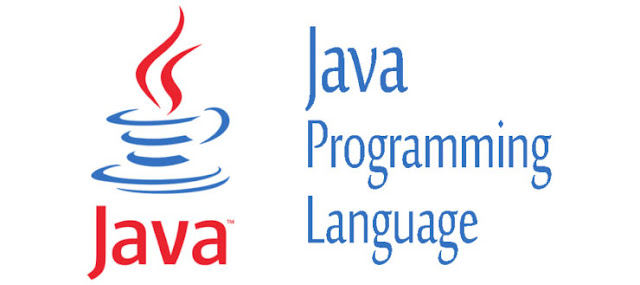Keep classes small
You created a few classes in this tutorial. After generating getter/setter pairs for even the small number (by the standards of a real-world Java class) of attributes, thePerson class has 150 lines of code. This is a small class. It's not
uncommon to see classes with 50 or 100 methods and a thousand lines of source (or
more). The key point for methods is to keep just the ones you need. If you need
several helper methods that do essentially the same thing but take different
parameters (such as the printAudit() method), that's a fine choice.
Just be sure to limit the list of methods to what you need, and no more. In general, classes represent some conceptual entity in your application, and their size should reflect only the functionality to do whatever that entity needs to do. They should stay tightly focused to do a small number of things and do them well.
Name methods carefully
A good coding pattern when it comes to method names is the intention-revealing method-names pattern. This pattern is easiest to understand with a simple example. Which of the following method names is easier to decipher at a glance?a()computeInterest()
compInt(),
but it's obvious that a method called computeInterest(), well, probably
computes interest. Keep methods small
Small methods are just as preferable as small classes, and for similar reasons. One idiom I try to follow is to keep the size of a method to one page as I look at it on my screen. This makes my application classes more maintainable.If a method grows beyond one page, I refactor it. Refactoring is changing the design of existing code without changing its results. Eclipse has a wonderful set of refactoring tools. Usually a long method contains subgroups of functionality bunched together. Take this functionality and move it to another method (naming it accordingly) and pass in parameters as needed.
Limit each method to a single job. I've found that a method doing only one thing well doesn't usually take more than about 30 lines of code.
Use comments
Please, use comments. The people who follow along behind you (or even you, yourself, six months down the road) will thank you. You might have heard the old adage Well-written code is self-documenting, so who needs comments? I'll give you two reasons why this adage is false:- Most code is not well written.
- Your code probably isn't as well written as you'd like to think.
Use a consistent style
Coding style is a matter of personal preference, but I advise you to use standard Java syntax for braces:
1
2
| public static void main(String[] args) {} |
1
2
3
| public static void main(String[] args){} |
1
2
3
| public static void main(String[] args) { } |
Use built-in logging
Before Java 1.4 introduced built-in logging, the canonical way to find out what your program was doing was to make a system call like this one:
1
2
3
4
5
6
| public void someMethod() { // Do some stuff... // Now tell all about it System.out.println("Telling you all about it:"); // Etc...} |
System.out.println() in my code, and I suggest you don't use it
either. Another alternative is the commonly used log4j replacement library, part
of the Apache umbrella project. In the footsteps of Fowler
The best book in the industry (in my opinion, and I'm not alone) is Refactoring: Improving the Design of Existing Code by Martin Fowler et al. This book is even fun to read. The authors talk about "code smells" that beg for refactoring, and they go into great detail about the various techniques for fixing them.Refactoring and the ability to write test-first code are the most important skills for new programmers to learn. If everybody were good at both, it would revolutionize the industry. If you become good at both, you will ultimately produce cleaner code and more-functional applications than many of your peers.










0 comments:
Post a Comment